This week’s 60MM was led by Impact Hub King’s Cross member, Jerzy Kot. Jerzy is the founder of 7Logik, an analytics production company cooperating with businesses in building effective tools using statistical methods and models. Those that attended the session were able to take away a sense of how these basic statistical tools could be applied to their individual business (ranging from an architect to a social entrepreneur) and found Jerzy’s simple stats useful and valuable.
‘DNA’ of 7Logik
By way of introduction, Jerzy showed us a short film on the ‘DNA’ of 7Logik and some background to his experience as a strategist working on financial forecasting. He described how he created 7Logik bringing the elements of what he loved from his previous work in to the practical applications of running a business with better life-work balance.
Median vs Mean
Jerzy then took us through some simple statistics– median and mean. He explained the different uses and interpretations of the two measures and explained that when performing statistics based on things occurring in nature (e.g. average height as opposed to average salary), the mean and median are more similar measures. He explained the origin of the Normal distribution (also known as the Bell curve), and that there is little difference between mean and median when working with naturally occurring entities or measures.
A valuable distinction that Jerzy made is that statistics tell us the ‘truth’ but it will always be affected by the sample, and any biases therein. The sample size needs to be large enough to account for these biases and he went on to describe the Law of Large Numbers, which is that the calculated average will converge towards the true value as the sample size increases, e.g. if measuring the average height, the more people you add to your sample, the closer you will get to the true average height.
Application of Statistics in Business
Asking the question ‘how would building a website affect the sales of a particular company?’, Jerzy explained that firstly, we need to make a realistic estimate of how many people would visit the website, perhaps based on existing data on website visits of similar companies. These figures would need to include estimates for the best case (optimistic), worst case (pessimistic) or the main case (somewhere in between). Based on these figures, we can calculate the percentage of actual sales which are converted from website visits. We can project these sales for the future with a figure for each year, deciding whether the figure will grow year on year, or whether it might be ‘front-loaded’ i.e. larger to start and then tailing off.
We then assign a probability to each scenario, e.g. optimistic has a 35% chance, pessimistic a 15% chance and main case a 50% chance. We then weight each of the sales figures against each scenario to calculate the expected sales figure for each year, using the ‘sumproduct’ function in Excel. This approach to business forecasting is applicable to all types of businesses and is a valuable method for evaluating projects and their potential value. Jerzy also handed out little bookmarks with details of the formula for attendees to take away.
Checklists
Jerzy demonstrated that checklists are a powerful tool to standardise various tasks and procedures performed within a business. For example, the sign up procedure for new Impact Hub members or the interviewing process. He demonstrated how using checklists can structure the process and ensure the project’s success by minimising risk and variability. One attendee shared how she used checklists in her personal life, to compare potential flats she was viewing for rental against desired criteria, e.g. rent, location, facilities.
Social enterprise
The discussion then moved onto Jerzy’s work on using weightings to calculate the value of a company especially one which was focused on social impact. He suggested using traditional valuation measures, e.g. earnings, but then weighting this against the particular services provided as well as the contribution to the surrounding environment (such as the amount of tax paid or positive impact on the local economy or social impact).
If you have any questions please feel free to contact Jerzy via email: [email protected]. He is usually in the Impact Hub King’s Cross on Mondays.

